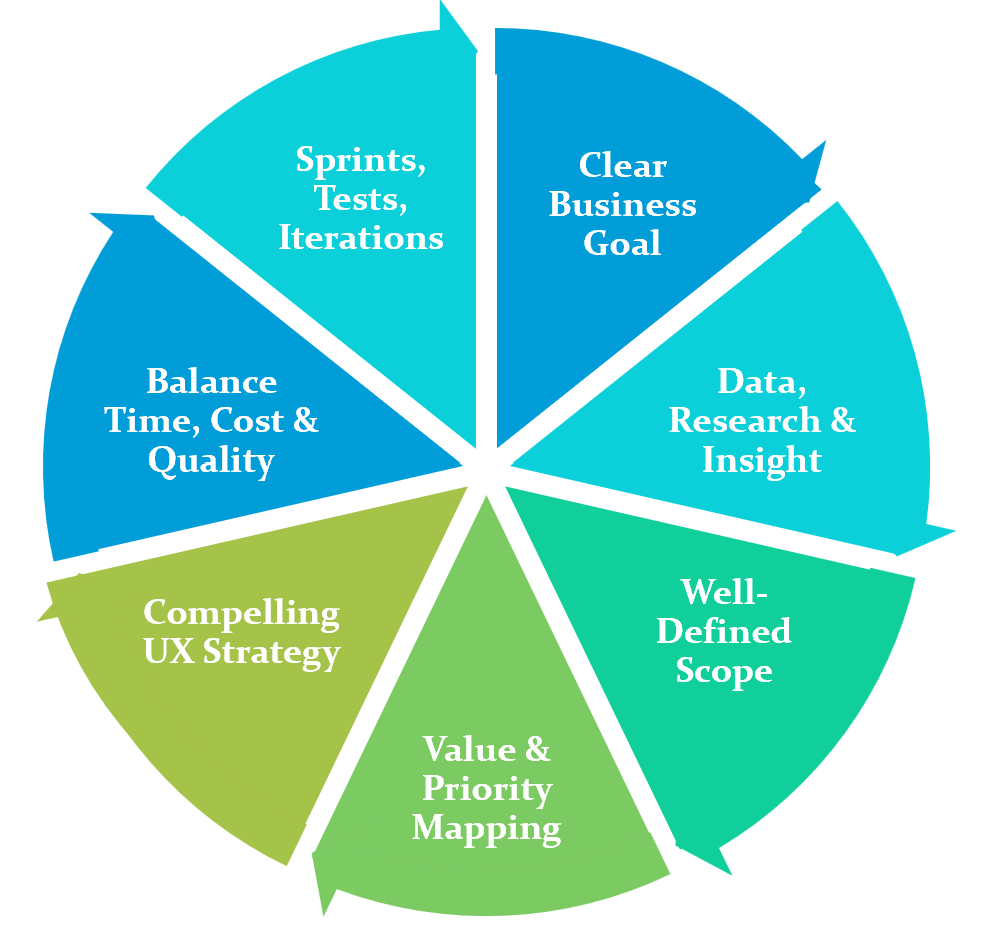
Large Language Models (LLMs) are taking center stage in digital roadmaps and ecommerce strategies. The models, including those designed for transformer architecture, have an essential role in natural language processing. LLMs are pre-trained on vast datasets to predict subsequent tokens and exhibit remarkable linguistic capabilities.
Even with complexity, LLMs are constrained by inherent limitations that affect their application and effectiveness. Considerations include the following:
- Transient State: LLMs intrinsically lack persistent memory or state, necessitating additional software or systems for context retention and management.
- Probabilistic Nature: The random and speculative nature of LLMs introduces variability in responses, even to identical prompts, challenging consistency in applications. This means you might get slightly different answers each time, even with the same prompt.
- Outdated Information: Reliance on pre-training data confines LLMs to historical knowledge, precluding real-time awareness or current updates.
- Content Fabrication: LLMs may generate plausible yet inaccurate information, a phenomenon commonly referred to as “hallucination”.
- Resource Intensity: The substantial size of LLMs translates to significant computational and financial costs, impacting accessibility, usability, sustainability, and scalability.
- Domain Specificity: While fundamentally generalist, LLMs often require domain-specific data to effectively perform specialized tasks.
Continue reading “AI in Digital Commerce – An Overview of LLMs”









